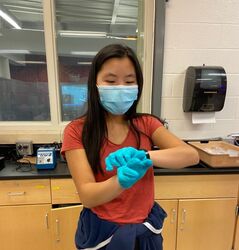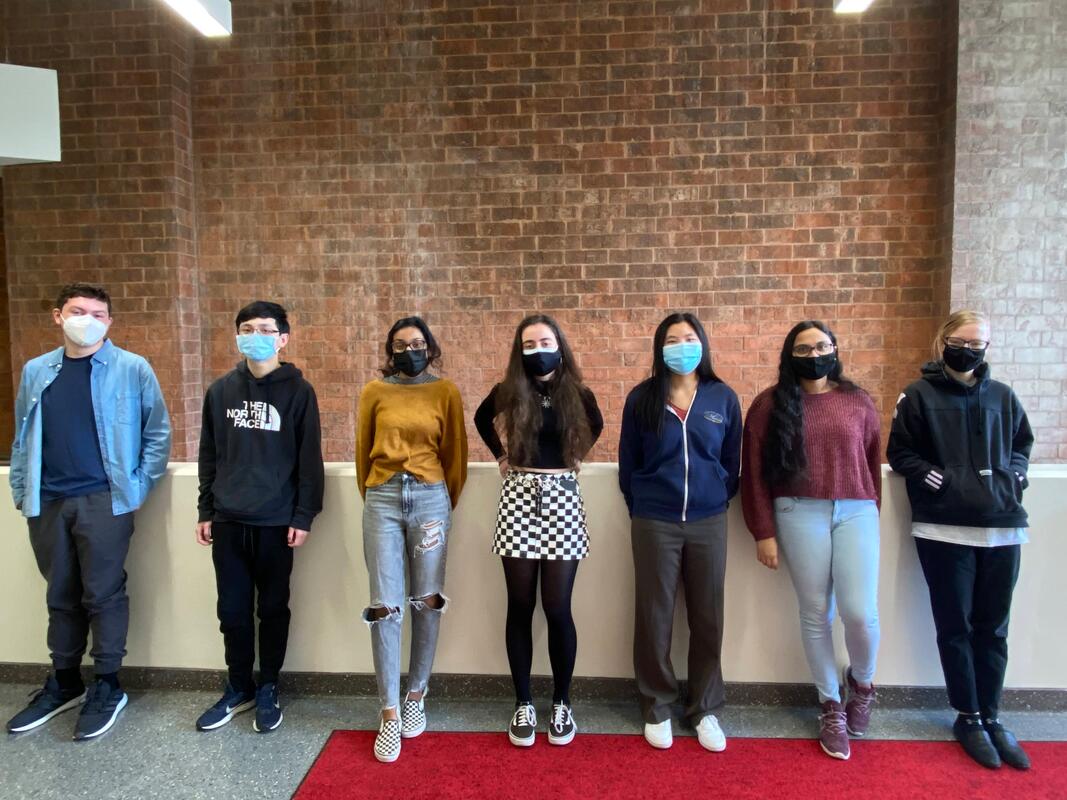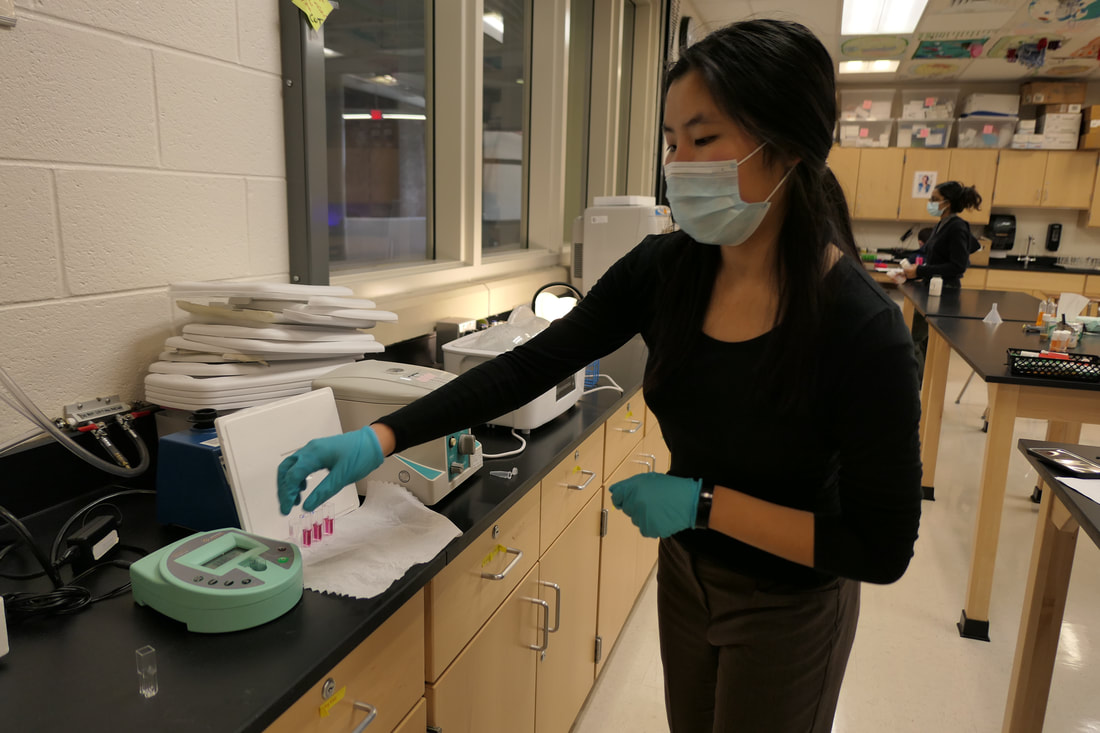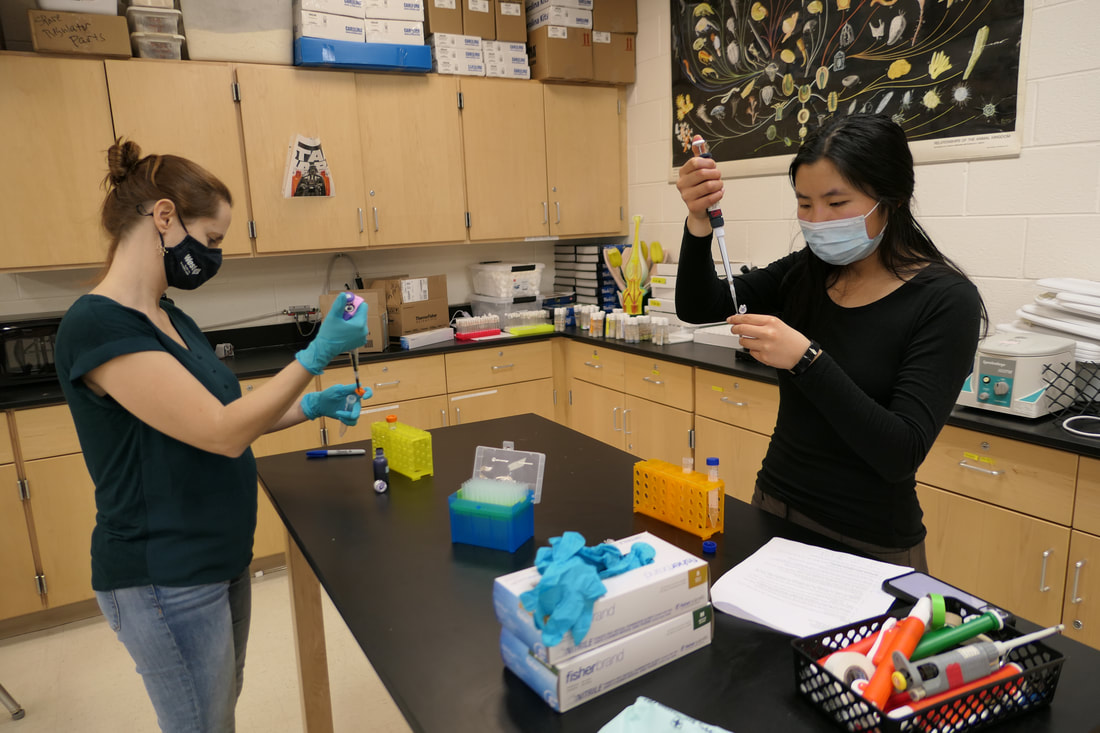I learned something new every time I stepped foot in the lab...TRIP provided me with a safe space to fail with a supportive family to fall back on. Last time I blogged, I discussed my plan for my independent project. To give a brief recap before going into the results: I wanted to test the impact of changing the microbiome on the sugar levels of diabetic flies. Type II diabetes, characterized by high sugar levels, is a widespread issue and if altering the microbiome is able to lower those sugar levels, it can lead to a start to solving this problem. To simulate the effects of diabetes in my flies, I fed them a high-sugar diet. To change the microbiome of my fruit flies, I fed them a probiotic (supposedly good for your gut bacteria) and towards the end, I also decided to add an antibiotic group, which I predicted would raise blood sugar levels. I did the microbiome assay to test whether the probiotics and antibiotics actually had an impact on the microbiome. Although I messed up really badly the first time, my second trial did show that the probiotic had a slightly positive effect on the microbiome while the antibiotic had a negative effect. I was not super optimistic about getting good data from the glucose assay as it was hard to do and it took me a few weeks to get the hang of it (I wrote more about it in my previous blog). However, I was really surprised to see that my results were not only consistent but also pretty significant! The flies that were fed a high-sugar and probiotic diet had almost 2 milligrams less glucose per gram of fly than the flies that were only fed high-sugar anything else. This may seem like a tiny amount, but flies themselves are really tiny and in terms of percentages this was over 10% less glucose. This would indicate that an increase in gut bacteria abundance/diversity does result in lowered blood sugar levels.  However, as I have learned throughout this program, research is rarely ever that straightforward. The high-sugar flies that received the antibiotic also showed similar decreases in glucose levels as the high-sugar flies that received the probiotic, which really surprised me. I did some online searching, and it turns out that some antibiotics are notoriously bad for your blood sugar levels while preliminary research shows that other antibiotics may actually be helpful in lowering them. In short, probiotics help to lower blood sugar while antibiotics have varying effects depending on what type they are. I’ve been rambling for a bit here, but to wrap up I just want to do some final reflecting on my experience in TRIP. I learned something new every time I stepped foot in the lab, whether it was how to give an effective presentation, new lab techniques, or deeper insight about careers I had never considered before. TRIP provided me with a safe space to fail with a supportive family to fall back on. I want to thank Dr. Amanda Purdy and Dr. Alyssa Leystra for all their help throughout the entire program as well as all my TRIP classmates, you guys are the best. I am incredibly grateful for this experience and am so sad that it’s over.
0 Comments
Your comment will be posted after it is approved.
Leave a Reply. |
Archives
April 2024
Categories
All
|



 RSS Feed
RSS Feed